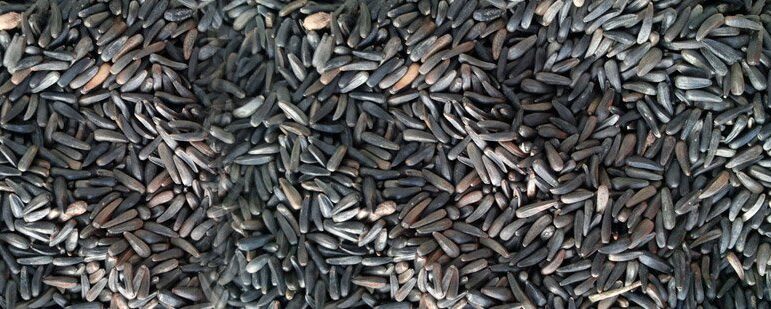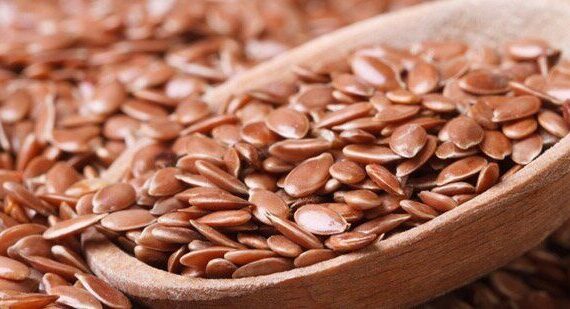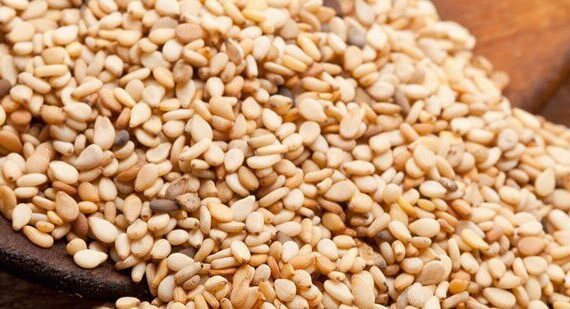🌱 Premium Niger Seeds (Guizotia abyssinica) Exporter
JFT Agro Overseas LLP offers high-quality Niger Seeds (Guizotia abyssinica), also known as Nyjer seeds. Niger seeds are oil-rich, hygienically processed, and ideal for bird feed as well as industrial uses. India is a leading exporter of Niger Seeds globally.
📌 Overview of Niger Seeds
- Niger seeds are from the African yellow daisy plant Guizotia abyssinica.
- Native to the Ethiopian highlands, cultivated in India, Myanmar, and Ethiopia.
- Seeds contain up to 40% oil, used in cooking, industrial applications, and as livestock feed.
- Popular as a backyard bird feed due to high oil content.
- Relatively pest-free crop, grows in clay and waterlogged soils.
- Historical cultivation introduced to India ~3000 BC.
📌 Specifications of Niger Seeds
| Parameter | Specification |
|---|---|
| Product Name | Niger Seeds |
| Purity | 99% |
| Smell | Pleasant odor |
| Size | 3-5 mm length, 1.5 mm width (approx.) |
| Brand Name | KGCPL |
| Admixture | 1% Max |
| Color | Black |
| Moisture | 9% Max |
| Crude Protein | 16% |
| Crude Fat | 32% |
| Crude Fiber | 7% |
| Oil Content | 34% Min. |
📦 Container Capacity
| Type of Container | Quantity per 20′FCL (MT) |
|---|---|
| Bags | 19 |
🌍 Export Destinations
United States
United Kingdom
Belgium
Canada
Indonesia
Brazil
Spain
Australia
Italy
France
✅ Why Choose Niger Seeds from JFT Agro Overseas LLP?
- Transparent written and oral communication about the product
- Direct management involvement in each shipment
- Stringent sourcing and quality checks
- Experience in shipping to multiple international countries
- Customer-focused service without sales pressure
🛡 How to Select a Genuine Exporter of Niger Seeds
- Verify company presence, experience, and export track record
- Check product sourcing, quality, and pricing transparency
- Physical visit, video calls, and Google verification recommended
- Trade show participation indicates credibility


 United States
United States United Kingdom
United Kingdom Belgium
Belgium Canada
Canada Indonesia
Indonesia Brazil
Brazil Spain
Spain Australia
Australia Italy
Italy France
France
